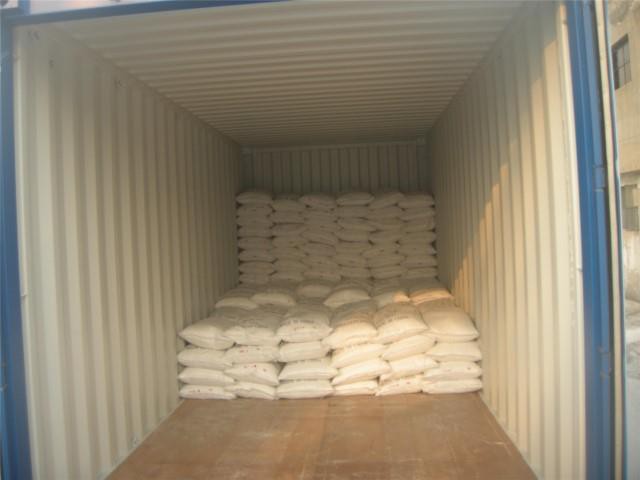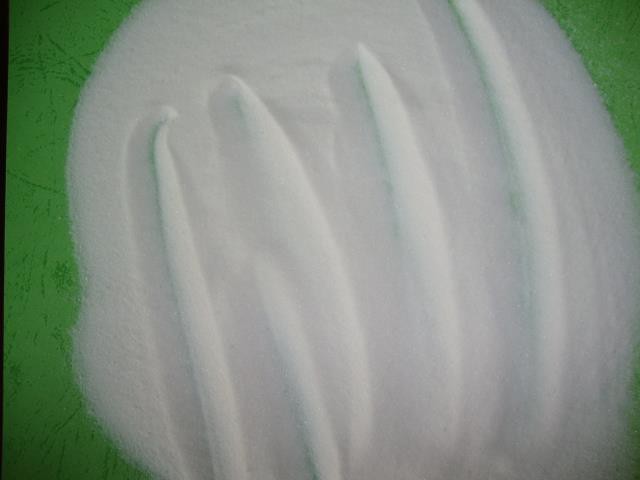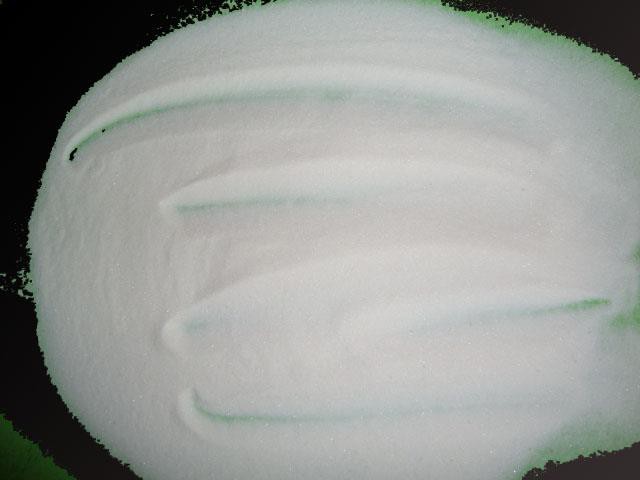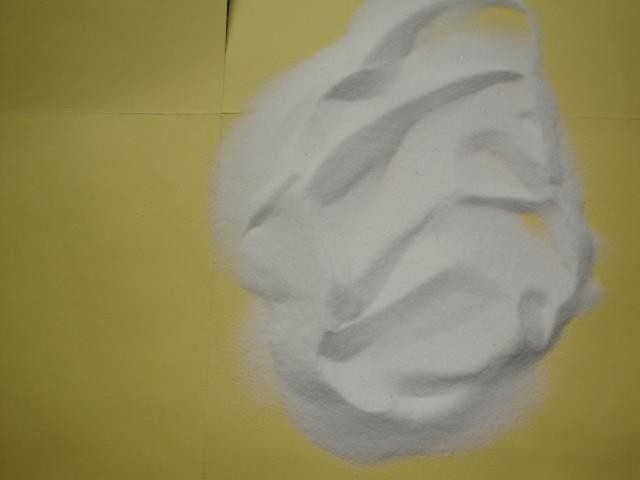RUIBAO: Your Professional Bisphenol A Supplier
Experienced Factory
ZIBO RUIBAO CHEMICAL CO., LTD was founded in 1998 and has 20+ years experience in producing calcium formate and sodium formate. We also have 15 years of exporting experience and can provide professional products to our customers.
Production Capacity
Our main products are calcium formate, sodium formate, sodium acetate, calcium chloride, potassium formate, etc. The annual production of calcium formate is 15,000 tons, the annual output of sodium formate is 25,000 tons, the annual output of sodium acetate is 10,000 tons, and the number of production and sales are the top in our country.
Our Certificate
The company has passed the ISO9001 quality system certification, FAMI - QS certification, and SGS certification. RUIBAO is the first company in China to obtain a production license for calcium formate feed additives.
After-sales Service
We have one group of professional sales who can provide the pre-sales and after-sales support for our customers. Your questions or problems can be responded to quickly.
-
Sodium Formate for Oil-drilling
Name: Sodium formate. Molecular formula: HCOONa. CAS No: 141-53-7. EINECS NO.205-488-0. Molecular
Add to Inquiry -
Sodium formate is part of white and crystal powder, which has slight hygroscope ,and slight smell
Add to Inquiry -
Sodium formate is a high purity crystalline powder that is dissolved into an aqueous solution to
Add to Inquiry -
90%-95%Min Industrial Grade Sodium Formate Drilling Mud
90%-95%min industrial grade SODIUM FORMATE drilling mud
Add to Inquiry -
White Powder 98% Sodium Formate for Industrial Grade
Sodium Formate, Sodium Formate 98%, Sodium Organic Salt manufacturer / supplier in China, offering
Add to Inquiry -
Name: Sodium formate. Molecular formula: HCOONa. CAS No: 141-53-7. EINECS NO.205-488-0. Molecular
Add to Inquiry -
Name: Sodium formate. Molecular formula: HCOONa. CAS No: 141-53-7. Appearance: White crystalline
Add to Inquiry
What Is Sodium Formate
Sodium formate, HCOONa, is the sodium salt of formic acid, HCOOH. It usually appears as a white deliquescent powder.
Products Description
|
Sodium Formate |
|||
|
CAS No.:141-53-7 |
HS Code: 29151200 |
UN No.:N/A |
EC NO: 2054880 |
|
Molecular Formula: HCOONa |
|||
|
Property: |
|||
|
Sodium formate is part of white and crystal powder, which has slight hygroscope ,and slight smell of methanoic acid, is easily dissolved in water, slightly dissolved in ethanol; out of dissolved in diethyl; proportion is 1.919.Melting point is 253oC.It has strong toxicity as well as irritation. |
|||
|
Specification:ItemTop GradeFirst GradeAppearanceWhite Crystalline PowderWhite Crystalline PowerMoisture & volatile matter,%,≤1.02.0Organic impurities(dry),%, ≤3.54.5Purity,%,≥96.095.0Chloride,%, ≤0.200.30Iron,%,≤0.00400.0060 |
|||
|
Packing: |
|||
|
25kg,40kg,1000kg complex woven bags or upon customers' demand. |
|||
|
Applications: |
|||
|
Sodium formate is used in several fabric dyeing and printing processes. It is also used as a buffering agent for strong mineral acids to increase their PH. |
|||
Sodium Formate Uses

De-icing Agent
Sodium formate is widely used as a de-icing agent for roads, runways, and walkways during winter. It can effectively melt ice and snow by lowering the freezing point of water, making it easier to remove and prevent icing.

Leather Tanning
Sodium formate is used in the leather industry as a reducing agent during the tanning process. It helps to stabilize the chrome tanning salts, improve dyeing properties, and increase the strength and softness of the leather.

Oilfield Chemicals
Sodium formate is applied in oilfield operations, particularly in drilling and cementing processes. It functions as a shale inhibitor, reducing the swelling and dispersion of clay formations. It can also be used as an additive to control fluid loss and improve rheological properties.

Buffering Agent
Sodium formate can be used as a buffering agent or pH regulator in various chemical and biochemical applications. It helps to maintain and stabilize the pH of solutions within a specific range.

Food Preservative
Sodium formate has antimicrobial properties and is used as a preservative in some food products. It inhibits the growth of certain microorganisms, extending the shelf life of food items.

Catalyst in Organic Synthesis
Sodium formate can act as a catalyst in certain organic synthesis reactions. It can be used to facilitate the reduction of various compounds, such as aldehydes and ketones, into alcohols.
Sodium Formate Properties

Physical properties of Sodium Formate
1)Sodium formate has a molecular weight of 68 g/mol.
2)Density is equal to 1.92g/cm3.
3)The melting point of Sodium formate is 253° C.
4)Sodium formate smells a little like Formic acid.
5)Sodium formate has a refractive index of 1.371.
6)The formula of Sodium formate is HCOONa.
Chemical Properties of Sodium Formate
1)Sodium oxalate and Hydrogen are formed when Sodium Formate is heated and the formed odium Oxalate can be further decomposed into Sodium Carbonate on further heating and Carbon monoxide gas is released.
2)Sodium Formate is a salt of strong base(NaOH) and weak acid(HCOOH).
3)Formic Acid and Sodium Formate can be used as a buffer.

Sodium Formate Production Process
Lift the coke to the upper part of the gas-making furnace with an electric hoist, and add coke to the furnace from the mouth of the gas-making furnace. Incomplete combustion of coke in the furnace and the air brought in by the fan produce mixed gases such as carbon monoxide, carbonate dioxide, and nitrogen.
The mixed gas from the gas generator enters the cyclone dust collector, and most of the small solid particles entrained by the mixed gas enter the scrubber. The scrubber uses water as the washing liquid to further remove the solid particles in the mixed gas, and then enters the alkali washing tower, using sodium hydroxide solution as the circulating absorption liquid. Part of the carbon dioxide gas in the mixed gas is removed, and then the moisture entrained in the gas is separated by a hydrocyclone. Then enter the electrostatic precipitator, remove the remaining small solid particles through static electricity, and purify the mixed gas again.
The purified mixed gas enters the compressor for two-stage compression, and the pressure is raised to 2.0-2.2Mpa. In enter the mixer through the oil-water separator and mixes with the lye from the preheater. Under a certain temperature and pressure, the lye reacts with most of the carbon dioxide gas, and obtains the carbon monoxide gas required for the process.
In the production of sodium formate, the commonly used desulfurization method is zinc oxide method. Zinc oxide is a contact reaction type desulfurizer with large inner surface and high sulfur capacity, which can be used as a single desulfurizer.
Heat the generated monoxide gas and nitrogen to 140℃-150℃ to enter the synthesis reactor. In the synthesis reactor, carbon monoxide reacts with sodium hydroxide to form sodium formate solution. The mixture of sodium formate solution, nitrogen and trace carbon monoxide gas is decompressed and then enters the hydrocyclone for gas-liquid separation. The sodium formate solution is pumped into the storage tank for use, and the mixed gas is discharged into the atmosphere.
The sodium formate solution in the storage tank is pumped to the evaporator, and most of the water is evaporated to form sodium formate solution with a content of 70%-80%. Then it is pumped to the centrifuge, and the centrifuge to get solid sodium formate.
Sodium Formate: Fire-fighting measures
Suitable Extinguishing Media
Use dry chemical, carbon dioxide or alcohol-resistant foam.
Specific Hazards Arising from the Chemical
Combustible under specific conditions. Finely dispersed particles form explosive mixtures in air.
Special Protective Actions for Fire-Fighters
In case of fire in the surroundings, use appropriate extinguishing media.
Sodium Formate: What to Do When Exposure to This Chemical
Sodium formate is hazardous to biological tissues because of its basic properties. It can irritate the skin, which may cause itching and redness. It can also irritate the mucous membranes of the respiratory tract and lungs when inhaled. It may cause nausea and vomiting when ingested. Upon exposure to this chemical, you should apply the following first aids:




When Inhaled
You should move the person to a place with good ventilation. Provide artificial respiration either by breathing into the mouth, using a resuscitator, or using an oxygen tank with breather if the victim is not breathing.
When Ingested
You should induce vomiting but you should follow the correct procedure or be guided by a qualifned medical emergency personnel via phone while waiting for the ambulance. Do not give any drinks or food to the victim if the victim is unconscious as this may cause choking.
When in Contact With the Skin
Thoroughly wash the affected area with water for at least 15 minutes. Remove the contaminated clothing.
When in Contact With the Eyes
Flush the eyes with water while lifting the eyelids. Do this for at least 15 minutes.
How to Store Sodium Formate Powder
Container Selection
Store sodium formate in tightly sealed containers made of materials that are compatible with the chemical, such as high-density polyethylene (HDPE) or glass. Ensure that the containers are labeled with relevant information, including the chemical name, hazards, and storage instructions.
Dry Environment
Sodium formate should be stored in a cool, dry place to prevent moisture absorption. Exposure to moisture can cause the powder to clump or form lumps, affecting its quality and ease of use.
Ventilation
Ensure proper ventilation in the storage area to disperse any potential fumes or gases. Adequate ventilation helps maintain a safe environment and prevents the buildup of any vapors that may be released.
Avoid Contamination
Take precautions to avoid contamination of the sodium formate powder. Use dedicated equipment for handling and transferring the substance to prevent cross-contamination with other chemicals.
Labeling
Clearly label the storage containers with the chemical name, date of receipt, and any other relevant information. This helps in easy identification and ensures that the sodium formate is used within its shelf life.
Fire Safety
While sodium formate itself is not flammable, it is essential to follow general fire safety practices in the storage area. Keep the storage area away from open flames, sparks, or any potential ignition sources.
Safety Equipment
Store safety equipment, such as personal protective gear and spill cleanup materials, in close proximity to the sodium formate storage area. This ensures that appropriate measures can be taken in case of accidental spills or exposure.
Compliance
Adhere to local regulations and guidelines for the storage of sodium formate. Familiarize yourself with any specific requirements or restrictions imposed by regulatory authorities in your region.
Find professional sodium formate manufacturers and suppliers in China here! Please rest assured to buy bulk discount sodium formate made in China here from our factory. Quality products and low price are available.
Formic Acid 85






